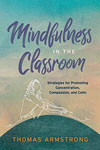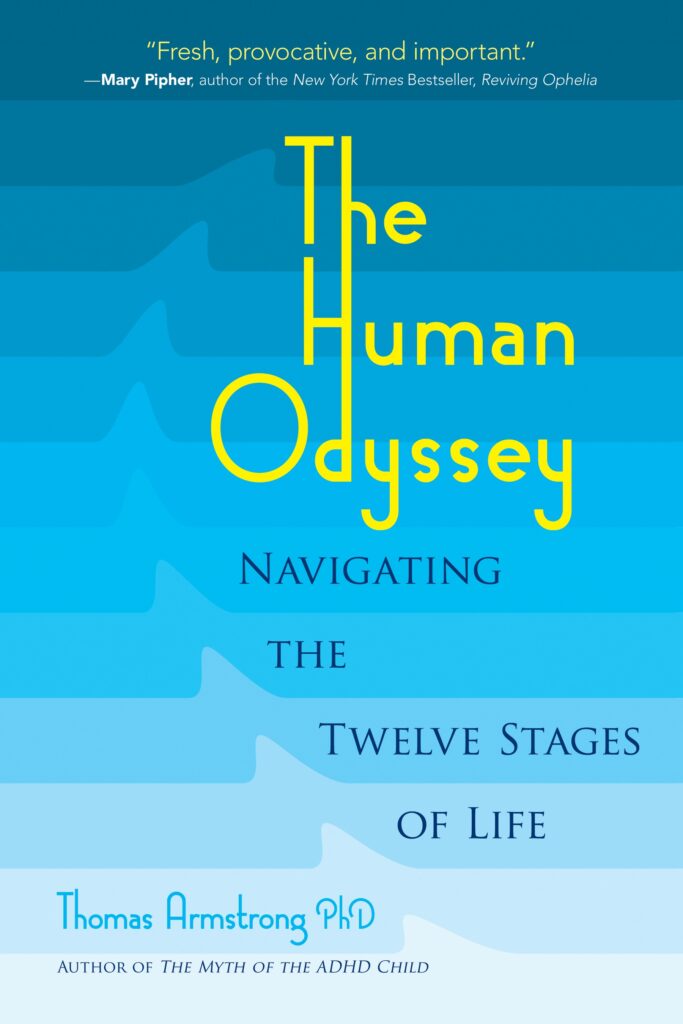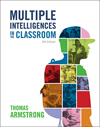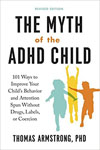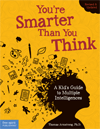 There’s all this talk of ‘’best practices’’ in education but nobody talks about worst practices. Here’s something that I think qualifies as a ‘’worst practice’’ – it involves educators’ propensity to teach mostly explicit knowledge as opposed to tacit knowledge. Scientist and philosopher Michael Polanyi bases his understanding of ‘’tacit knowing’’ on the principle ‘’that we can know more than we can tell.’’ Right away, there’s a conflict with the idea predominant in education that ‘’if you can’t tell me, then you don’t really know.’’
There’s all this talk of ‘’best practices’’ in education but nobody talks about worst practices. Here’s something that I think qualifies as a ‘’worst practice’’ – it involves educators’ propensity to teach mostly explicit knowledge as opposed to tacit knowledge. Scientist and philosopher Michael Polanyi bases his understanding of ‘’tacit knowing’’ on the principle ‘’that we can know more than we can tell.’’ Right away, there’s a conflict with the idea predominant in education that ‘’if you can’t tell me, then you don’t really know.’’
So, for example, a child who solves a mathematical problem quickly in his head is ordered by his teacher to ‘’show your work.’’ He must write down the steps that he went through to get his answer. Otherwise, the implication is, he might have cheated, or at least he is getting away with something. What is he getting away with? Not showing his work.
Polanyi gives us as an example of tacit knowing, a person’s ability to comprehend specific emotions in another person’s facial expressions. The perceiver could probably give but the most rudimentary explanation for what makes him so sure that these are the emotions that he ‘’read’’ in the other individual’s face. And yet, most of us are quite accurate in making fairly correct determinations of other people’s emotions as registered in their facial expressions.
So we know more than we can tell. Polanyi says we achieve tacit knowing through a process he calls ‘’indwelling’’ which is when we shift our attention from the particulars of an event to a coherent entity, and thus interiorize the integrated whole. He uses the example of a walking cane used by a blind person. At first, a person learning to use the cane feels sensations that his fingers make with the holding end of the cane, but as the person uses the cane to actively explore the environment, these sensations become re-signified as indicators that have to do with how these sensations connect up with the movements at the end of the cane, and indicate distinctions between rough and smooth or high and low, for example, which become the important features that allow him to find his way from one location to another.
Polanyi says that if we force awareness back toward the particulars of a coherent event (for example, try to make a person aware of all the individual perceptual acts he engages in which allows him to say if someone is angry or sad), this can rupture the tacit knowing of that event. ‘’Scrutinize closely the particulars of a comprehensive entity and their meaning is affected, our conception of the entity is destroyed.’’[i] And he goes on to say that ‘’the damage done by the specification of particulars may be irremediable.’’[ii]
This reminds me of the story of a teacher who asked his students if they knew how to make paper airplanes. Everybody raised their hand, and then went to work producing all kinds of designs for paper airplanes that all flew beautifully. Then (whether through design or incompetence), the teacher ‘’taught’’ them a fourteen point lesson plan for assembling a paper airplane, and set them to work in ‘’following directions.’’ The result was a mass of confusion, botched planes, huge frustration, and the emergence of a new type of ‘’learning disability’’ for making paper airplanes (dysaeronautica?). The point being that, at first, the students relied upon their tacit knowing for creating flyable planes, and did extremely well, but then, made to focus on the explicit particulars of this coherent project, failed miserably.
Now, as I said above, this sort of particularization of coherent entities occurs all the time in education. A good example of this is the way that educators insist on teaching the parts of speech, that is, the function and usage of verbs, nouns, adjectives, adverbs, and the like. Now I’m not saying that students shouldn’t be aware of the functions of words in reading. But they should develop this understanding as an integral part of the act of reading, not separated out as a particular field of knowledge in and of itself. Studying grammar apart from the act of reading may be appropriate for academicians who are grammarians and students who are studying to be linguists, but for the average student, the important thing is that they learn to read with understanding, purpose, and pleasure.
I am an avid reader. In the past twenty years I’ve read at least a thousand books for pleasure, and probably equal that number for professional purposes. But I couldn’t for the life of me tell you what a gerund is. I suppose I could look it up (and I probably have several times in the past and forgotten the meaning each time). But the point is, I don’t need to know what a gerund is in order to be a good reader. What I can tell you, and what good readers everywhere can tell you, is whether a piece of writing is effective or not, whether it communicates or not, whether it represents good or even great literature, or not.
The ability to make these types of distinctions comes from having read a lot of different types of texts over a period of many years. I might even know when a gerund is being improperly used (tacit knowing), without knowing what a gerund is (explicit knowing). And this is what I’m talking about with respect to our students. To give them the ability to have tacit knowledge about texts, they must read real books, all types of books, and have conversations about them, not sit in class and learn discrete skills like what an infinitive is, and what a participle is, or what past subjunctive tense is.
The trouble with the way many educators teach is that they are wasting precious hours of time filling their students up with explicit knowledge of particulars (the parts of speech, the rules for spelling words, the sequence for long division, or to take an example from the Core Common State Standards (CCSS) list: ‘’To isolate and pronounce the initial, medial vowel, and final sounds (phonemes) in three-phoneme (consonant-vowel-consonant, or CVC) words.’’ The CCSS is made up of pretty much all explicit learning skills and virtually no tacit ones. This is nothing short of a massive process of miseducation going on in our schools even as we speak.
You can go into a classroom and immediately tell (or ”feel”) whether or not there’s explicit or tacit knowledge being imparted. When it’s explicit teaching, there’s a feeling of deadness in the air, the teacher assumes the role of ”expert” imparting these ”undigested knowledge stones” (Nietzsche’s beautiful expression) to her students, and the students are either stressed or disengaged, or alternatively grappling to gather up all this disconnected information. On the other hand, when there’s tacit knowledge being shared, teachers and students are alive with the processing of ”wholes” (they’re learning reading by reading, they’re learning math by using heuristics [rules of thumb for problem solving], they’re learning history by being immersed in it through role play, or debates, or simulations). In other words, they’re engaged in real learning.
[i] Michael Polanyi, The Tacit Dimension, Chicago, IL: University of Chicago Press, 2009, p. 18.
[ii] Polanyi, p. 19.
For more information on what is wrong with American education and how it can be made better, see my book:
If Einstein Ran the Schools: Revitalizing U.S. Education

This page was brought to you by Thomas Armstrong, Ph.D. and www.institute4learning.com.
Follow me on Twitter: @Dr_Armstrong





